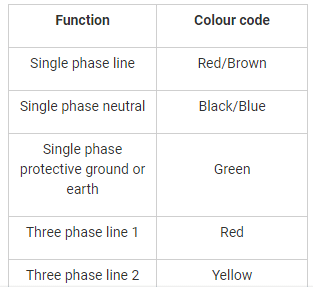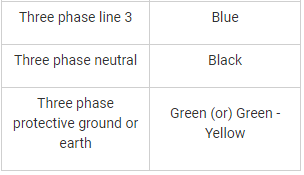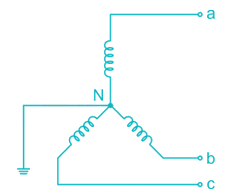Test: Estimation & Costing- 1 - Electrical Engineering (EE) MCQ
20 Questions MCQ Test Electrical Engineering SSC JE (Technical) - Test: Estimation & Costing- 1
When a high voltage overhead line passes over or adjacent to any building the vertical clearance between the highest part of the building immediately under such liner, recommended in IE rules is of not less than:
What is the minimum clearance of HV Lines from ground across streets?
Overhead lines for power supply to tram cars are at a minimum height of
According to the IS code, the colour of earth wire is usually:
For what voltage levels are the screwed conduit circuits used?
What is an electrical schedule?
i. A list or a plan of a building providing information of number of points in each room
ii. The list of all the electrical components required for a particular room
iii. The list all the electrical components along with their prices
Which statement is true, with respect to the motor installation?
What is the maximum load that can be connected in a circuit connecting only lighting points?
What is the factor of safety used for current ratings in a power installation?
What is the dimensions of the copper strips used for the strip earthing?
Which type of neutral grounding method has high transient voltages appear under fault conditions?
The effect of electric shock on human body depends on:
i. Current
ii. Voltage
iii. Duration of contact
In practice, Earth is chosen as a place of zero electric potential because it:
For reducing tower footing resistance, it is better to use
Earth resistance comprises of
A. Resistance of soil away from electrode
B. Contact resistance between electrode and soil
C. Resistance of metal electrode
The aluminium conductor of size ______ is used for sub circuit in domestic wiring
The type of wiring that is highly suitable for a temporary shed is
The earthing electrodes should be placed within what distance in meters from the building whose installation system is being earthed
|
23 videos|89 docs|42 tests
|























